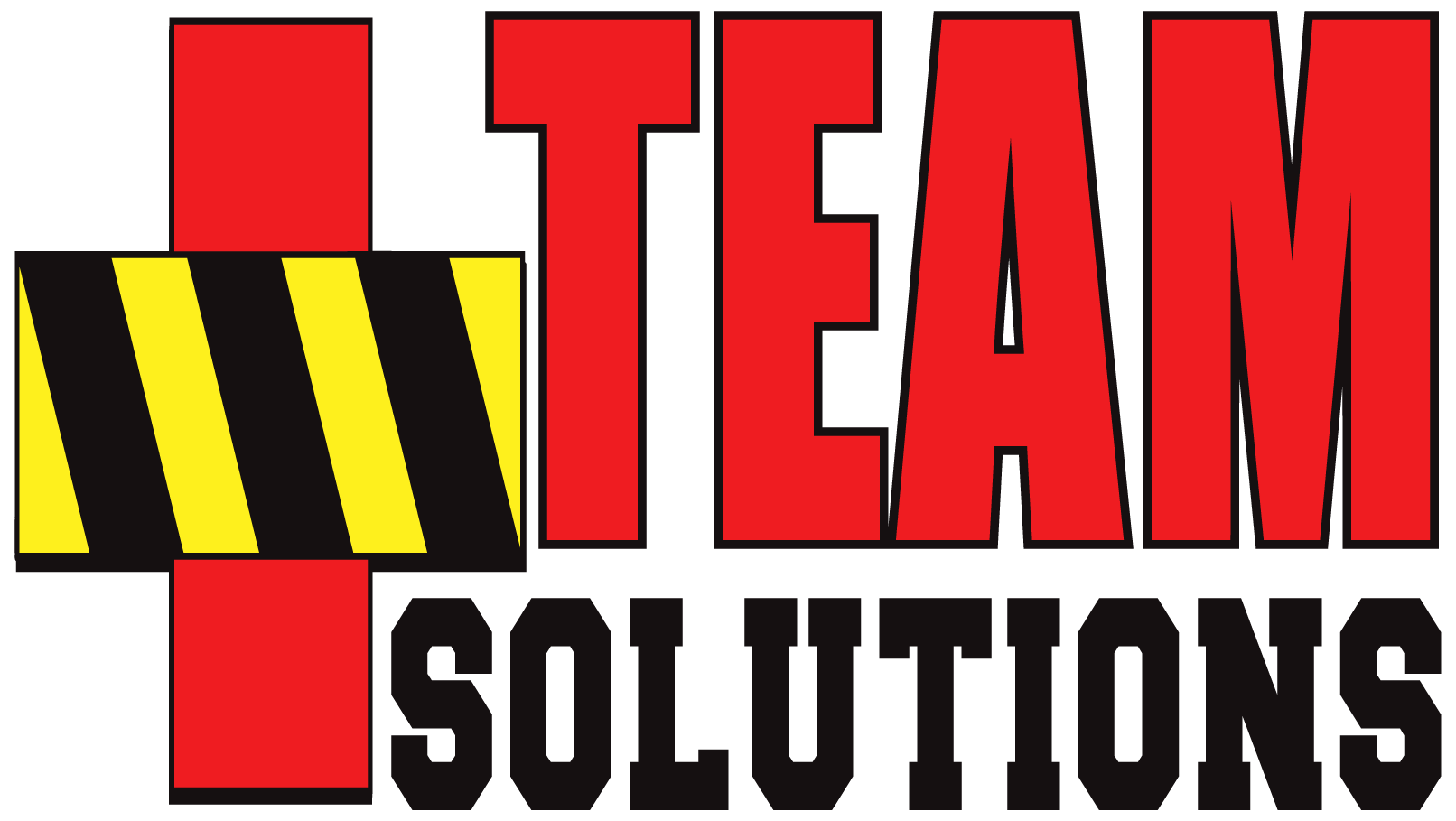Fear feeds on a powerful combination of two ingredients:
- The incident that induces the fear (darkness, fire, snakes, falling, public speaking, etc.)
- The helpless feeling of not knowing how to respond to that incident.
As responders, we’ve likely all been on the business end of a fear-inducing incident. However, most aren’t remembered that way because a capable response overcomes helpless inaction.
But what about the people we’re there to help? You know: our customer, our end user, a/k/a “Little Timmy” who’s stuck in the well?
Once fear has a full belly, it can weigh down even the heartiest of people during the struggle for life and death (or near death).
As a responder, I’m guessing that many folks in this community have seen someone’s life slip away more than a few times.
Despite the searching, the finding and the rescuing, some people are just too overcome by fear to aid even a little bit in their own rescue by having a survivor’s mindset.
To be more exact, they’re not immobilized by fear. They’re immobilized by a feeling of helplessness triggered by an incident they believe is out of their control.
Three (3) immediate actions where the responder can reduce the helpless feeling of the victim/patient by empowering them:
- Narrate your activities to empower them with knowledge.
- Provide simple instructions to ‘breathe’, ‘hold this’ or ‘cover that’ that empowers them with action.
- Direct them to think, say and/or behave in a survivor-mindset-kind-of-way to empower them to respond with purpose.
Empowering the disaster victim instead of distancing ourselves from their condition can contribute mightily to our over-arching disaster response goal of “doing the most good for the most people”.
If the survival mindset is an area of interest to you, I’d recommend the book “The Survivor’s Club” by Ben Sherwood. I wish I could thank whoever recommended it to me but I don’t remember!

